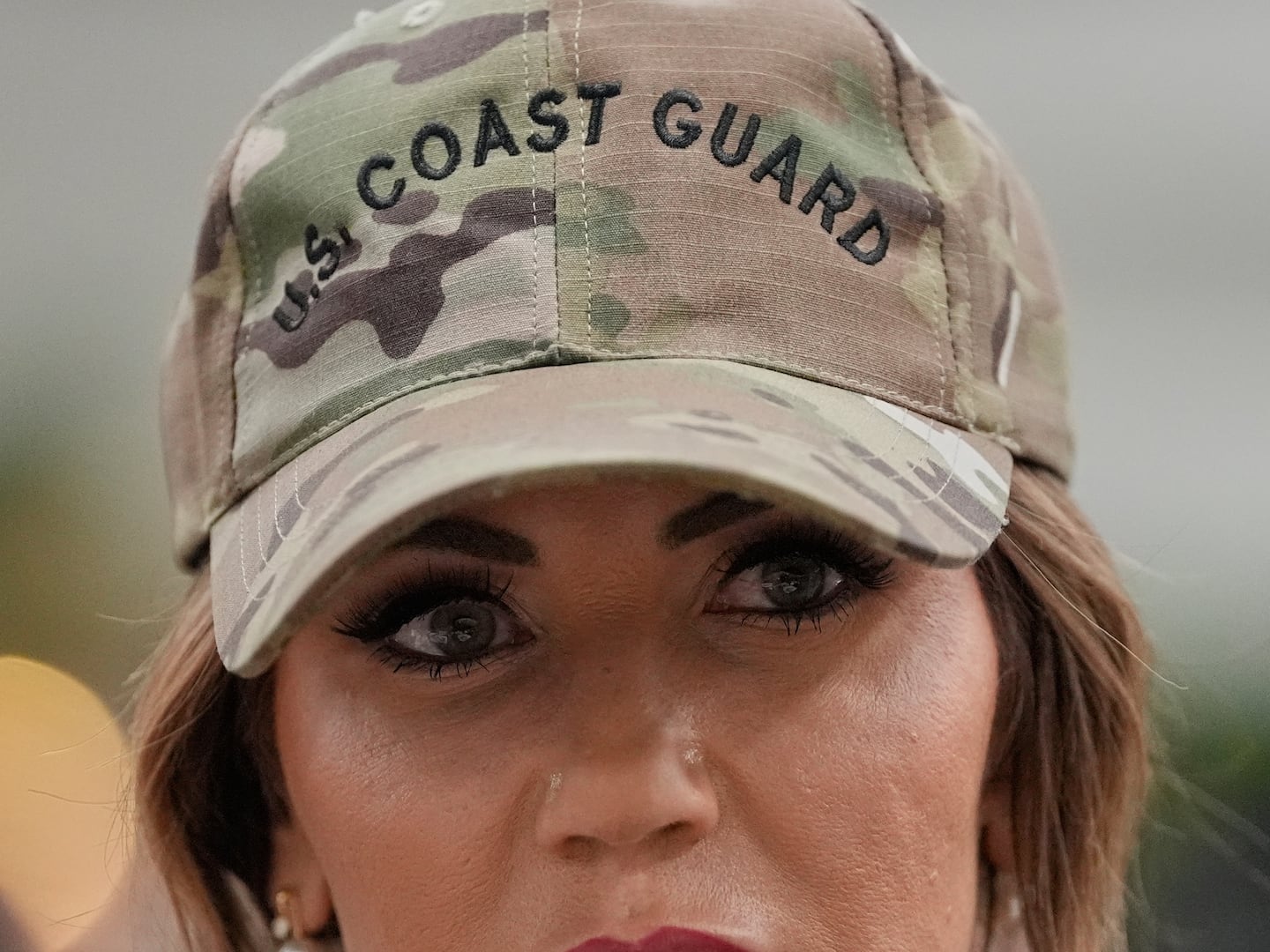The pages of Sports Illustrated might be one of the last places you’d expect to find a woman who doesn’t look like a stick figure.
But on February 9th, Ashley Graham, 27, will become the first plus-size model to appear in an ad campaign in the popular Swimsuit Issue of the magazine.
In her ad for plus-size swimwear outlet Swimsuits For All, Graham is seen strutting around a pool in stilettos and a bikini as a man, decked out in decidedly more formal attire, gawks at her butt while also inexplicably jumping into said pool. (Maybe Graham is so hot that he needs to cool off?)“#CurvesInBikinis” is the ad’s sole caption and, in the context of the Sports Illustrated Swimsuit Issue, that’s more of a political statement than it is a fashion statement.
After all, we’re talking about the same magazine that painted swimsuits onto the bodies of their models last year because apparently a few millimeters of fabric might make the most conventionally attractive women on earth less sexy.
The Swimsuit Issue is still a milestone event for fashionistas and American dads alike, and every year it continues to perpetuate an ideal shape for the female body that is as unrealistic as it is paradoxical: thin but curvy, tall but slight, soft but sporty. In this tradition, Graham is a welcome if symbolic addition to the tableau of bodies that are usually on display.
But while it’s heartening to see Sports Illustrated grant this historic bit of ad space to a woman who can’t be blown over by a sudden gust of wind, the hullabaloo over Graham’s body raises some serious questions about the way we use the term “plus-size.”
The cracks in the tyranny of thinness may be starting to show but, if this ad is any indication, the new age of the ideal plus-size body may have only just begun. Graham’s appearance reveals how far we’ve come but it also acts as a sobering reminder of how slowly ground is ceded in cultural battles over beauty standards.
Whether based on the predictably awful Internet comments about Graham’s size or on the massive helpings of liberal praise currently being heaped on the magazine, one might think that Graham is an astonishingly large woman and that Sports Illustrated is being exceptionally brave by featuring her. She’s not and they’re not. By varying reports, Graham wears a size 14 or a size 16. For comparison, the average American woman is a size 14. When the average woman’s body is considered to be “plus-size,” it might be time to shed that label. And when a magazine can make history simply by including a woman who accurately represents the current shape of the female body, we’re in trouble.
All told, Graham is a fairly safe choice for a gesture such as this. In the ad, her body has awe-inspiring muscle tone. She is captured in motion, the image perfectly composed to showcase her sprightly and economical figure.
There is no editorial suggestion here that women can be both fat and beautiful, only that they can be large and beautiful—a slight but significant distinction for the many women who struggle to be represented in print or on screen.
None of this is to suggest that Graham is somehow a bad plus-size model for being on the low end of that category or that she's not worthy of her current spotlight; to the contrary, she’s an incredible advocate for body acceptance in an industry that needs more women who look like her. But her ad represents progress by inches rather than yards in industry that’s starting out miles behind.
There’s a difference here, too, between challenging beauty standards in a big way and scoring political points in order to boost sales. When compared to other recent challenges to conventional beauty standards, for example, the Swimsuits For All ad seems relatively tame.
Underwear brand Dear Kate produced a stunning visual riposte to last year’s “Perfect ‘Body’” campaign by Victoria’s Secret by highlighting women of all colors and body shapes (and only one thigh gap!).
Swimsuits For All could even learn a lesson from their own past: Last year, they recreated the cover of the 2014 Sports Illustrated Swimsuit Issue in a way that felt much more earnest than their more recent, showier effort. This time around, it feels like they’ve cynically optimized their positive press while taking as little risk as possible.
A substantial step forward in today’s climate would have been putting, say, size-22 model Tess Holliday—who recently started the Instagram hashtag #EffYourBeautyStandards—in the advertising section or, better yet, in a photo shoot. The irreverent tone of Holliday’s #EffYourBeautyStandards hashtag is a far cry from Swimsuits For All’s #CurvesInBikinis approach.
One takes direct aim at societal expectations, the other suggests that big can be beautiful so long as it has a nice shape. The implicit promise of the Ashley Graham advertisement is not that big women can be beautiful however they look but rather that they can save themselves from being seen as ugly by shaping their bodies to look thinner.
The ad sends the message, too, that larger women have to work harder than other women for a fleeting and only tokenistic form of recognition.
It's this precise mindset that has made the now-ubiquitous descriptor "curvy" into a sort of consolation prize for plus-size women, as if their hips and breasts are the only things that can make them beautiful.
Believe it or not, there are plenty of plus-size women who don't have large breasts and it's difficult for them to find bras, let alone bikinis. The saying “real women have curves,” while meant to be affirming, may be on its way to becoming a commandment.
Sports Illustrated going plus-size may mark the end of an era, but the Ashley Graham ad contains troubling hints about the beauty standards that will inevitably characterize the new era of the plus-size model.
It’s taken over 60 years for a plus-size woman to appear in a Sports Illustrated advertisement and, even then, her body is the smallest, fittest, and curviest it can possibly be. Will it take another 60 years before the average American woman can see herself in a newsstand?





